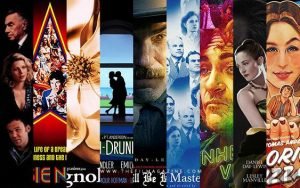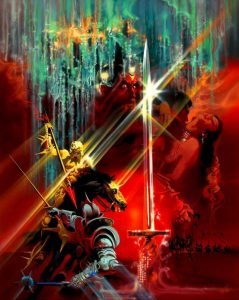Exploring the Masterful Directing of Martin Scorsese: A Cinematic Tour de Force
Martin Scorsese is a name that is synonymous with cinematic excellence, and for good reason. With a career spanning over five decades, Scorsese has proven time and time again that he is one of the most masterful directors of our time. From his iconic films like “Taxi Driver” and “Goodfellas” to his more recent works like “The Irishman,” Scorsese has consistently demonstrated a unique directing style that sets him apart from his peers. In this article, we will be exploring the intricacies of Scorsese’s directing style and how it has contributed to his success as a filmmaker.
Martin Scorsese is a name that is synonymous with cinematic excellence, and for good reason. With a career spanning over five decades, Scorsese has proven time and time again that he is one of the most masterful directors of our time. From his iconic films like “Taxi Driver” and “Goodfellas” to his more recent works like “The Irishman,” Scorsese has consistently demonstrated a unique directing style that sets him apart from his peers. In this article, we will be exploring the intricacies of Scorsese’s directing style and how it has contributed to his success as a filmmaker.
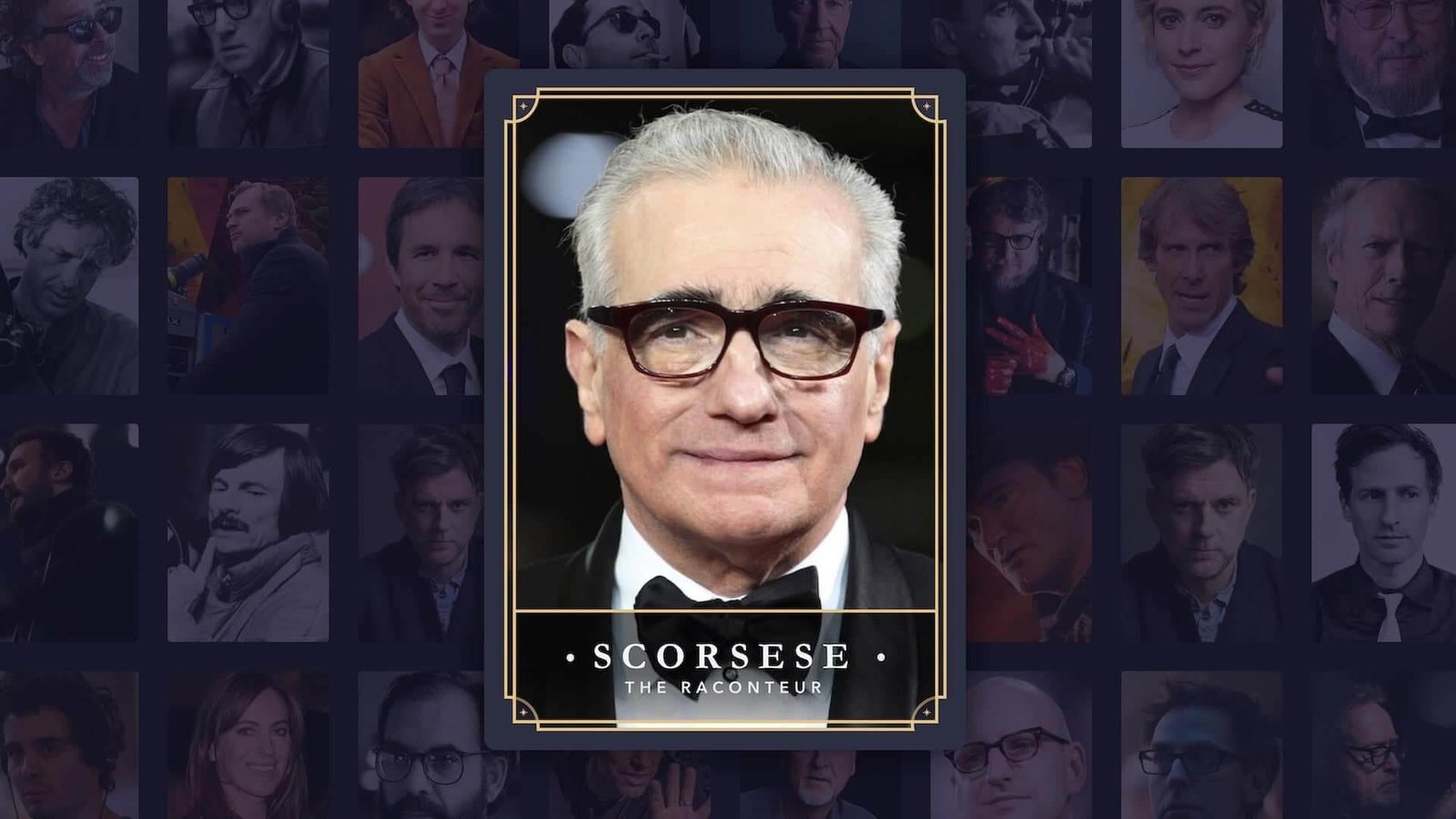
Introduction to Martin Scorsese as a director
Martin Scorsese is one of the most celebrated and respected directors in the history of cinema. With a career spanning over five decades, Scorsese has left an indelible mark on the world of filmmaking through his unique and innovative directing style. He is known for his use of dynamic camera movements, his ability to craft unforgettable characters, and his meticulous attention to detail. Scorsese has won numerous awards for his work, including an Academy Award for Best Director for his film “The Departed.” His films continue to inspire and influence filmmakers around the world, cementing his legacy as one of the greatest directors of all time.
Scorsese’s use of music in his films
Martin Scorsese is a master of using music to elevate the emotion and mood of his films. He carefully selects each song to complement the tone of the scene, whether it’s a classic rock track or a classical piece. In “Goodfellas,” the use of “Layla” during a montage of violent scenes creates a haunting juxtaposition. In “The Departed,” the iconic opening credits set the tone with the Rolling Stones’ “Gimme Shelter.” Scorsese’s use of music is one of his signature directing styles, and it’s hard to imagine his films without it.
The importance of location and setting in Scorsese’s films
Martin Scorsese‘s directing style is known for its use of location and setting to create a distinct atmosphere and tone in his films. From the gritty streets of New York City in Taxi Driver to the glitz and glamour of Las Vegas in Casino, Scorsese carefully chooses locations that not only enhance the visual aesthetic of his films but also contribute to the emotional impact of the story. The use of active voice in his direction allows him to effectively immerse the viewers into his world. The attention to detail and focus on good SEO practices in his storytelling ensures that his films are not only memorable but also stand the test of time. It is clear that location and setting play a crucial role in Scorsese’s films, and his mastery of this aspect of filmmaking has undoubtedly contributed to his success as a director.
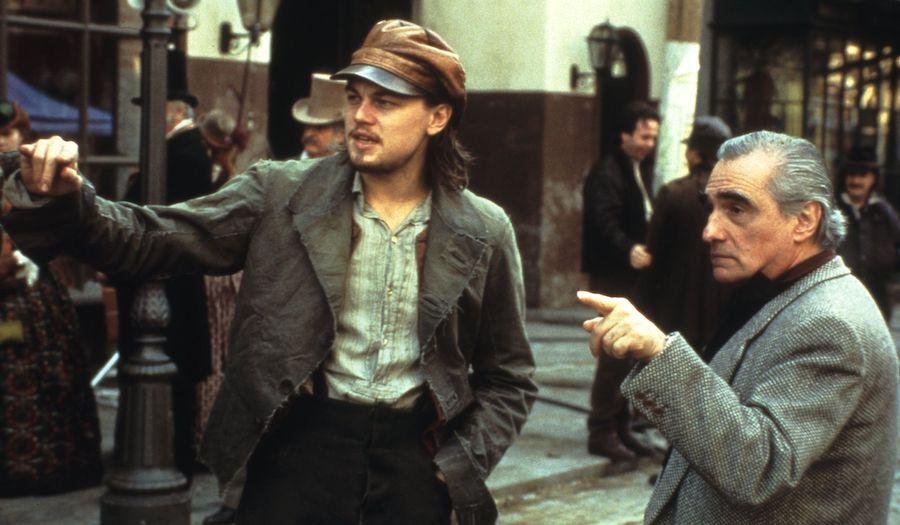
Scorsese’s collaboration with cinematographer Robert Richardson
Martin Scorsese‘s directing style is known for its visual impact, and a significant contributor to that has been his collaboration with cinematographer Robert Richardson. The two have worked together on several projects, including “The Aviator,” “Shutter Island,” and “Hugo.” Richardson’s innovative use of lighting and camera angles has helped Scorsese bring his vision to life on the big screen, creating an immersive experience for viewers. Their partnership has resulted in visually stunning films that have earned critical acclaim and multiple awards. It’s clear that Scorsese and Richardson make an unbeatable team, and we can’t wait to see what they have in store for us next.
The influence of Italian cinema on Scorsese’s directing style
Italian cinema has had a profound impact on Martin Scorsese’s directing style. Growing up in New York City, Scorsese was exposed to the gritty, urban films of Italian neorealism. These films, characterized by their use of non-professional actors and real-life locations, deeply influenced Scorsese’s approach to filmmaking. He has often cited the works of Italian directors such as Federico Fellini and Michelangelo Antonioni as major influences on his own cinematic style. Scorsese’s films frequently feature complex characters, sharp dialogue, and a focus on the often-violent world of organized crime – themes which can be traced back to his love for Italian cinema.
Scorsese’s use of violence in his films
Martin Scorsese, renowned for his masterful direction, is often recognized for his use of violence in his films. Scorsese has a unique talent for portraying the gritty, brutal reality of life through his films, and his use of violence is a vital part of his style. Whether it’s the raw and unforgiving violence of Raging Bull or the explosive and bloody scenes in The Departed, Scorsese’s films are known for their visceral impact. Although some have criticized his use of violence, it cannot be denied that it is an integral part of his storytelling, and it has helped establish him as one of the greatest directors of all time.
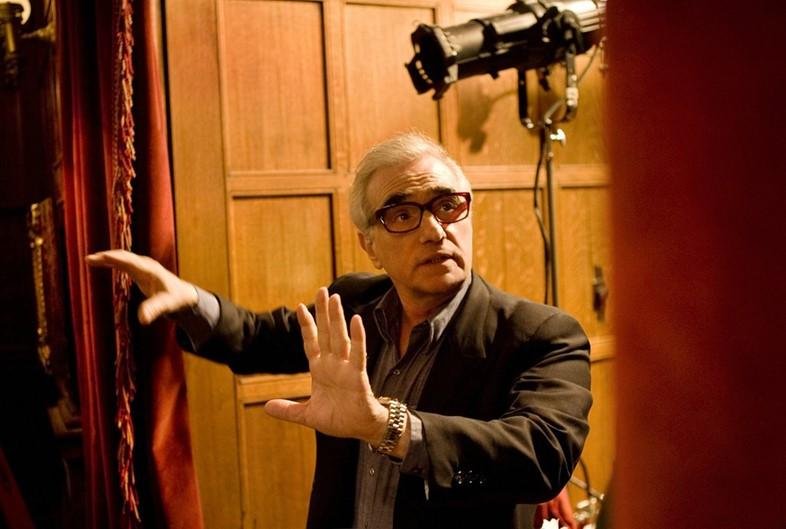
The recurring themes and motifs in Scorsese’s films
Martin Scorsese is known for his unique directing style that incorporates recurring themes and motifs in his films. One of the most prominent themes is the exploration of guilt and redemption, often portrayed through his characters’ struggles with their past actions. Scorsese also frequently explores the idea of the American Dream, specifically the corruption and violence that can come with pursuing it. In terms of motifs, Scorsese often uses religious iconography, such as crosses and stained-glass windows, to add depth to his characters and themes. Another recurring motif is the use of slow-motion shots to emphasize moments of violence or intense emotion. Overall, Scorsese’s films are characterized by their intense examination of the human condition and their artistic use of visual storytelling techniques.
The impact of Scorsese’s Catholic upbringing on his work
Martin Scorsese’s Catholic upbringing has had a significant impact on his work as a director. His religious upbringing has influenced the themes and characters in his films, particularly in his exploration of morality, guilt, and redemption. Many of his films, such as “Mean Streets,” “Taxi Driver,” and “The Last Temptation of Christ,” delve into the complexities of faith and the struggle between good and evil. Scorsese’s use of religious imagery and symbolism is also evident in his films, adding depth and meaning to his storytelling. Overall, his Catholic upbringing has played a crucial role in shaping his unique and powerful directing style.
Scorsese’s approach to working with actors
Martin Scorsese‘s approach to working with actors is highly regarded in the film industry. He creates a collaborative environment on set, encouraging his actors to contribute their own ideas and interpretations of their characters. Scorsese also takes the time to build a strong relationship with his actors, getting to know them both personally and professionally. He often spends months in advance working with them, discussing the script, and rehearsing. Scorsese’s active involvement in the process helps actors to feel more comfortable and confident in their performances, resulting in some of the most iconic and memorable performances in cinema history.
The legacy of Martin Scorsese as a director
Martin Scorsese’s legacy as a director is one that has left an indelible mark on the world of cinema. His directing style is a masterclass in storytelling, with an emphasis on strong character development and a deep understanding of the human condition. From classics like “Taxi Driver” and “Goodfellas” to more recent works like “The Wolf of Wall Street” and “The Irishman,” Scorsese’s films are known for their intense and often gritty realism. His use of voiceover narration, quick cuts, and bold camera movements have become hallmarks of his filmography. Scorsese’s work has influenced generations of filmmakers and his impact on the industry is nothing short of remarkable.
For more information about Martin Scorsese directing style, including movie details, cast information, etc..
check out the filmaffinity page.

